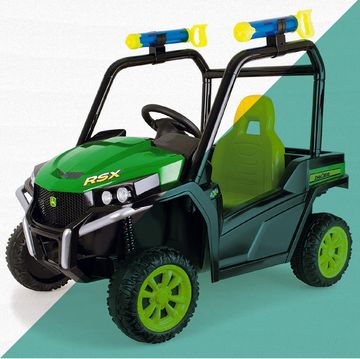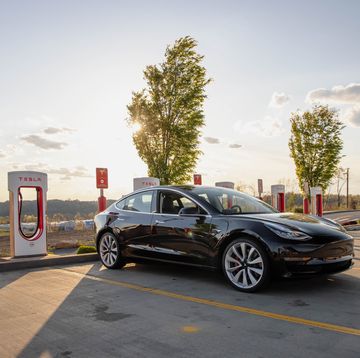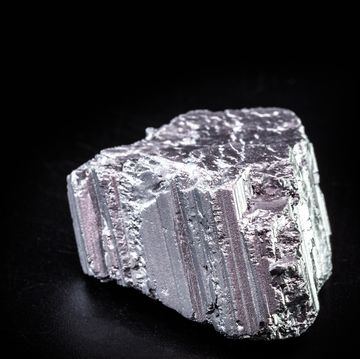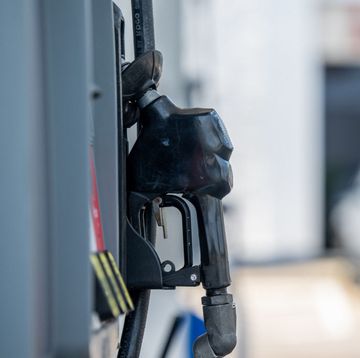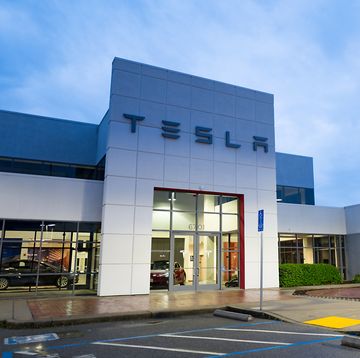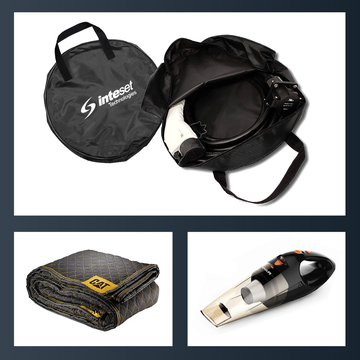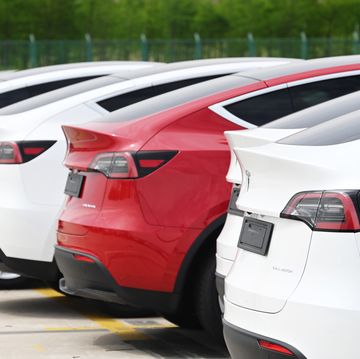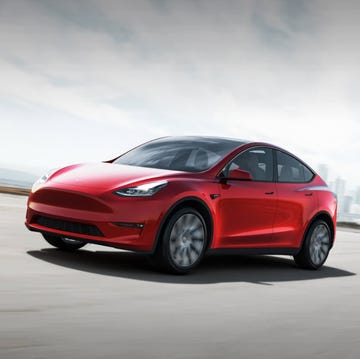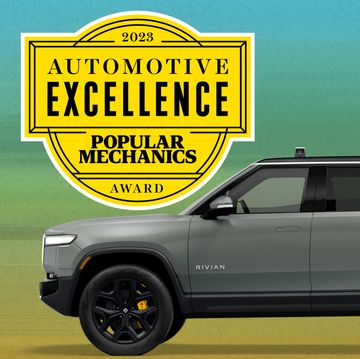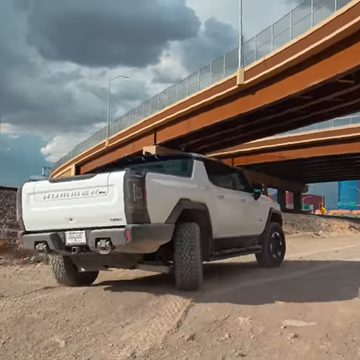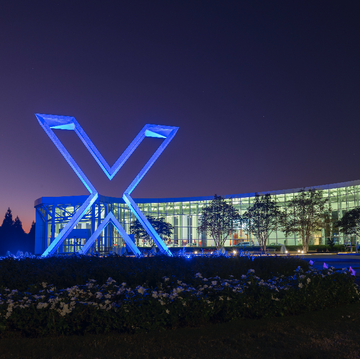ANN ARBOR, Mich.—Azure Dynamics calls its gas/electric hybrid commercial truck "part of the solution" to reduce our country's fuel use. Most of the proposed fuel-economy policies center on cars, which makes sense because there are over 250 million of them on the road, and roughly 45 percent of our petroleum consumption is for personal transportation (Some 13 million barrels of oil per day). Cars make up a huge slice of the oil-use pie. But any successful strategy to reduce our fuel use has to target all areas of use. Commercial trucks may not exists in numbers close to those of cars (about 10 million), but they're driven constantly, crossing more miles, and consuming about 4 million barrels of oil each day. With that in mind, we took a spin in a truck that could be another useful way to save fuel—the Azure Dynamics hybrid delivery truck.
The Specs
Azure Dynamics starts with Ford's E450 truck chassis and 5.4-liter V8 engine. According to Jim Mancuso, Azure's engineering director, "We had to partner with an existing manufacturer because we needed an engine and chassis that've already been EPA-certified. In reality, we don't need such a large engine, but if we had to test and certify a small diesel, for example, the cost would simply be too high."
Azure's hybrid system is still an expensive upgrade. The Ford chassis and powertrain—on which customers can mount bus bodies or FedEx-type delivery trucks—runs roughly $20,000. Azure's parallel hybrid system will add another $30,000 to the price tag.
It is a comprehensive system, however, and offers meaningful fuel-saving results. The 130-hp AC induction electric motor rides between the front-mounted engine/transmission and the rear axle. At speeds above 35 mph, the electric motor assists the gas engine. At speeds below 35 mph, the Azure's electronics shut down the gas engine and decouple the four-speed automatic transmission from the driveshaft by disengaging the gearboxes clutches. The truck then relies solely on its powerful electric motor. As with all hybrids, the electric motor reverses its operation when the truck is decelerating to feed the energy into a 2.4-kilowatt-hour nickel-metal-hydride battery back.
To maintain power steering when the engine is off, the truck includes an auxiliary electric pump. A delivery truck may experience 80 engine starts and stops during a typical day, a duty cycle that the typical starter, solenoid and ring gear were never designed for. So there's a belt-driven starter/alternator on the front of the engine to compensate.
Mancuso says that typical commercial vehicles get somewhere in the 6 to 7 mile-per-gallon range. The hybrid system bumps that up to between 8 and 10 mpg. He also pointed out that the system dramatically increases the life of components such as the starter (the conventional starter is only used for cold starts) and, of course, the brakes. Plus the system adds redundancy to the drivetrain—if the gas motor fails the driver can still travel a few miles on electric power.
The Drive
Our test vehicle had a boxlike aluminum body that's typical of the delivery trucks we see in our cities every day. It cost about $70,000 ($50,000 for the chassis and hybrid system plus another $20,000 for the body) and weighs 9300 pounds, including the 1400-pound hybrid system.
We drove the truck in and around Ann Arbor, Mich., and speeds rarely went above 40 mph. Unlike many hyrbid cars, there's no gauge inside that illustrates how the energy flows. There's only a simple rocker switch on the dash, which turns the hybrid system on or off, and an indicator light.
The system quickly turned off the engine whenever we came to stop—and kept it off as long as we didn't press too hard on the accelerator. In most of the tight, stop-and-go driving, the system only ran the engine when it needed to keep the motor warm, or if the battery back got low.
The Azure Dynamics truck aggressively engages the brake energy regeneration system. Simply touching the brake pedal brought on a heavy dose of "whoa" as the system attempted to extract as much of the kinetic energy as possible. "We get about 40 percent of our mpg improvement from braking regeneration," said Mancuso, "Another 40 percent comes from simply having the gas engine run less, and we get about 20 percent savings from the electric power steering."
It was a rough, uncomfortable ride. The aluminum body shook and vibrated loudly, and gently modulating the brakes was impossible. But it did return 11.9 mpg, which is about what you'd see with a much lighter full-size pickup or SUV driven in the same conditions.
The Bottom Line
Some numbers are in order to measure the effect of the system. Conservatively, the Azure hybrid system offers a 30 percent improvement, the difference between 6 and 8 mpg. This type of trucks usually covers 30,000 miles a year, which means the hybrid system could save 1250 gallons per year. With gas at $2.00 per gallon, that's still a decades-long pay back. But Mancuso says if the company can cross the 2000-unit-per-year sales threshold, the cost for the system will drop by about a third. And as fuel prices rise—most predict they will—the bottom-line payback time will only get shorter.


